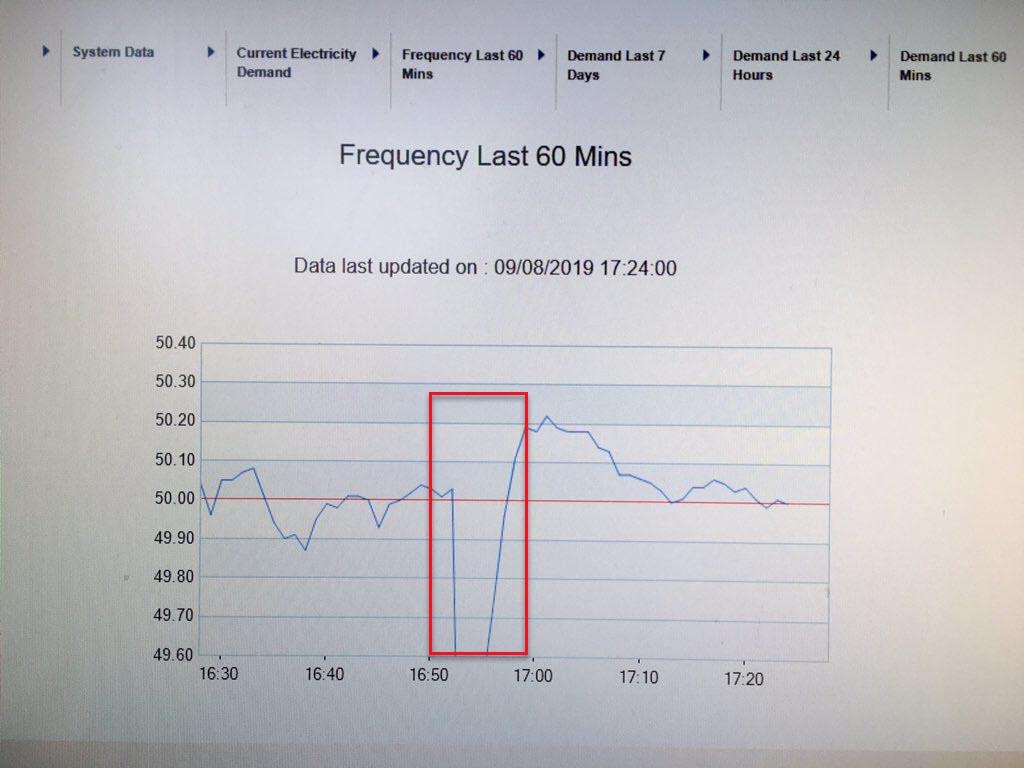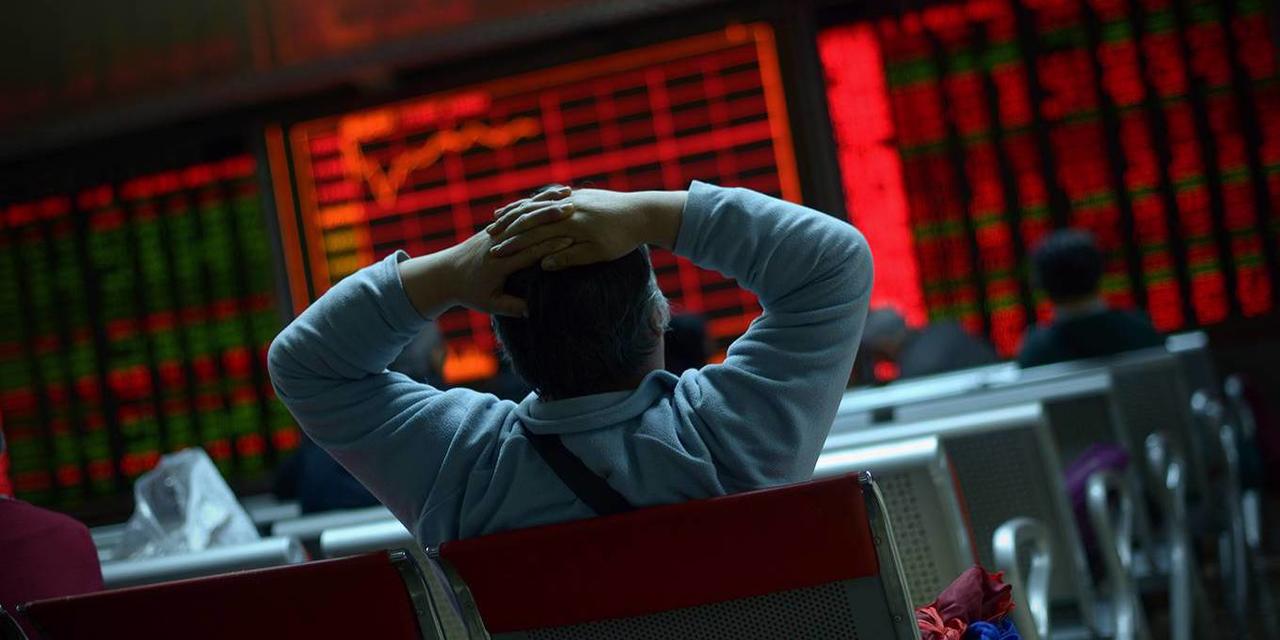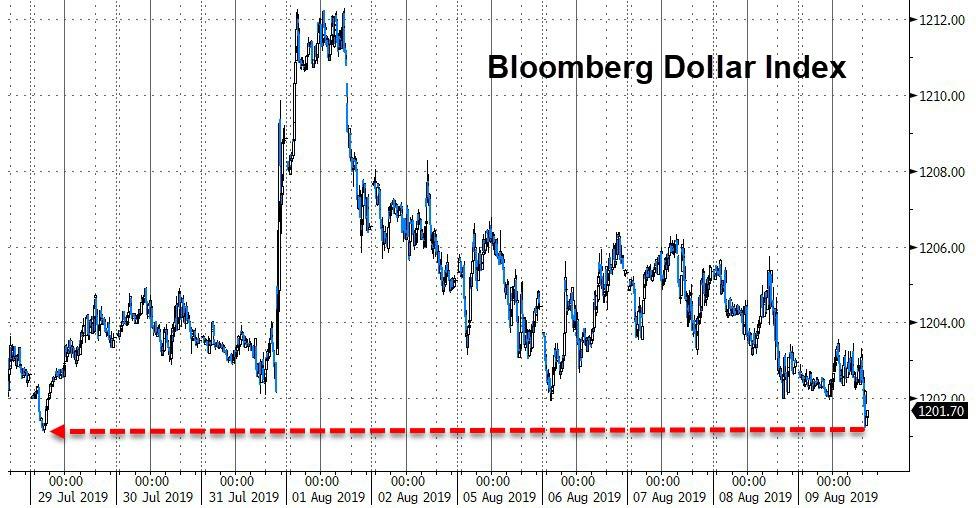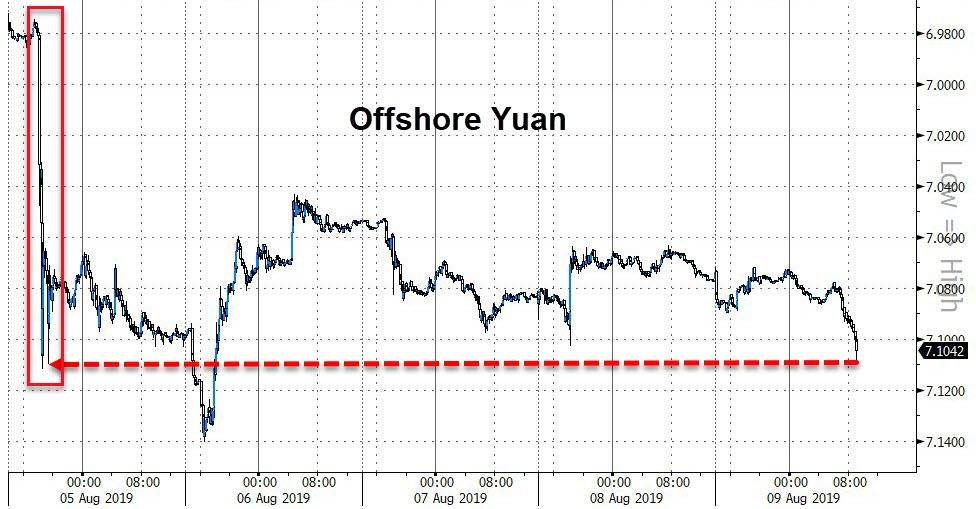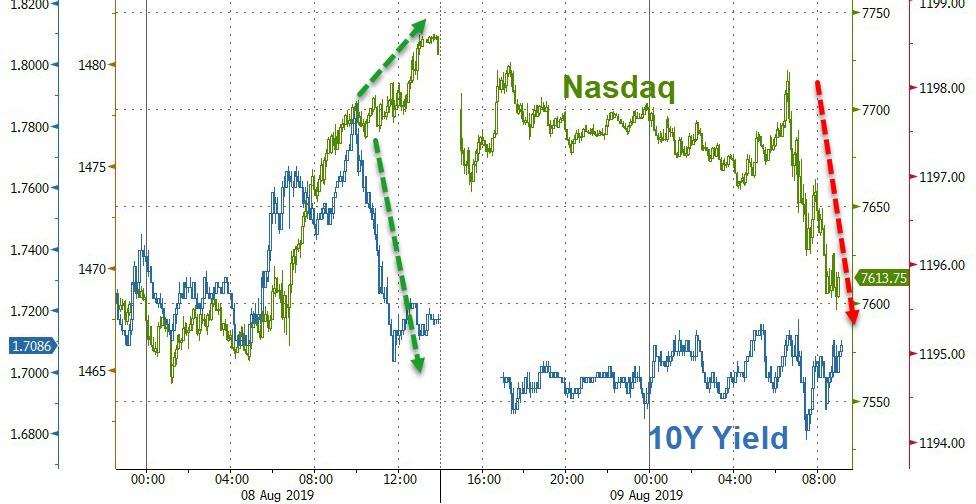Authored by Patrick Buchanan via Buchanan.org,
Those who believed America’s racial divide would begin to close with the civil rights acts of the 1960s and the election of a black president in this century appear to have been overly optimistic.
The race divide seems deeper and wider than at any time in our lifetimes. Most of the aspiring leaders of the Democratic Party have apparently concluded that branding the president a “racist” and “white supremacist” is the strategy to pursue to win the nomination and the White House.
Here is Joe Biden, speaking in Iowa as President Donald Trump was visiting the wounded communities of Dayton, Ohio, and El Paso, Texas:
“This president has fanned the flames of white supremacy in this nation. … The energetic embrace of this president by the darkest hearts and the most hate-filled minds in this country says it all.
“We have a problem with this rising tide of … white supremacy in America. And we have a president who encourages and emboldens it.”
What had Trump done to invite such a charge?
The key piece of evidence linking Trump to the mass murderer of El Paso, is a single phrase out of a 2,000-word screed posted on social media, allegedly by the gunman minutes before carrying out his atrocity.
Patrick Crusius said he was striking this blow against the “Hispanic invasion of Texas.” And Donald Trump has often used that term, invasion, to describe the crisis on the border.
Yet the word “invasion” to label what is happening on America’s Southern border long predated Trump, and, moreover, is both an accurate and valid description.
Consider. There are, by most estimates, at least 11 million migrants in the United States illegally, the equivalent of the entire population of Cuba. Lately, migrants have been crossing the Mexican border at a rate of 100,000 a month. If one had to choose a word to describe graphically what is going on, would it not be invasion?
What a panicked establishment, and its stable of candidates, is doing is transparent. By declaring “invasion” — a legitimate description of what is transpiring on the Southern border — to be inherently racist, it is conceding the word has power and is an effective weapon in the political arsenal of those the establishment seeks to censor, stigmatize and silence.
Trump’s adversaries want to stop him from using his most powerful and compelling arguments and images, the ones that enabled him to win the presidency and oust them from power. The left is now using “white supremacy” as its new hate term, because “racist” has all but lost its sting from overuse.
But Biden’s raising of the race issue is going to come back and bite him.
Said Joe in Iowa:
“Our president has more in common with George Wallace than George Washington.”
Yet, that greatest of the Founding Fathers, George Washington, whom Biden invoked as his beau ideal of a leader, was a slave owner and demonstrably more of a white supremacist than Trump.
And Biden is likely to be reminded of this by Sen. Cory Booker, his rival for the crucial black vote in the primaries, who, as Joe was speaking in Iowa, was at Emanuel AME Zion church in Charleston, South Carolina, tearing into the founding generation of Washington, Jefferson and Madison:
“Bigotry was written into our founding documents,” said Booker.
“White supremacy has always been a problem in our American story.”
“Islamophobia, anti-Semitism, homophobia, xenophobia, misogyny — these tactics aren’t a new perversion,” Booker went on.
“They’ve been ingrained in our politics since our foundation.”
Are American voters supposed to respond warmly to this?
Biden’s words in Iowa – “We have a president who has aligned himself with the darkest forces in this nation” – appear to be a lift from Robert Kennedy’s attack on LBJ when Bobby announced for president just days after Lyndon Johnson was badly wounded in the 1968 New Hampshire primary.
Said Bobby of the father of the Civil Right Act of 1964:
“Our national leadership is calling upon the darker impulses of the American spirit.”
LBJ and his associates, Bobby went on, “have removed themselves from the American tradition, from the enduring and generous impulses that are the soul of this nation.”
“We are fighting for the soul of America,” echoed Biden in Iowa.
As for Wallace, whom Biden disparages, he was a segregationist, much like Biden’s patron, Sen. Jim Eastland of Mississippi, who called Joe “son,” and Strom Thurmond, whom Biden eulogized and who conducted the longest filibuster in history — against the 1957 Civil Rights Act.
In George Wallace’s salad days, Joe sang a different tune, telling the Philadelphia Inquirer on Oct. 12, 1975:
“I think the Democratic Party could stand a liberal George Wallace — someone who’s not afraid to stand up and offend people, someone who wouldn’t pander but would say what the American people know in their gut is right.”
Perhaps Joe can become such a fearless leader in 2020.
via ZeroHedge News https://ift.tt/2Tl6D0Z Tyler Durden



